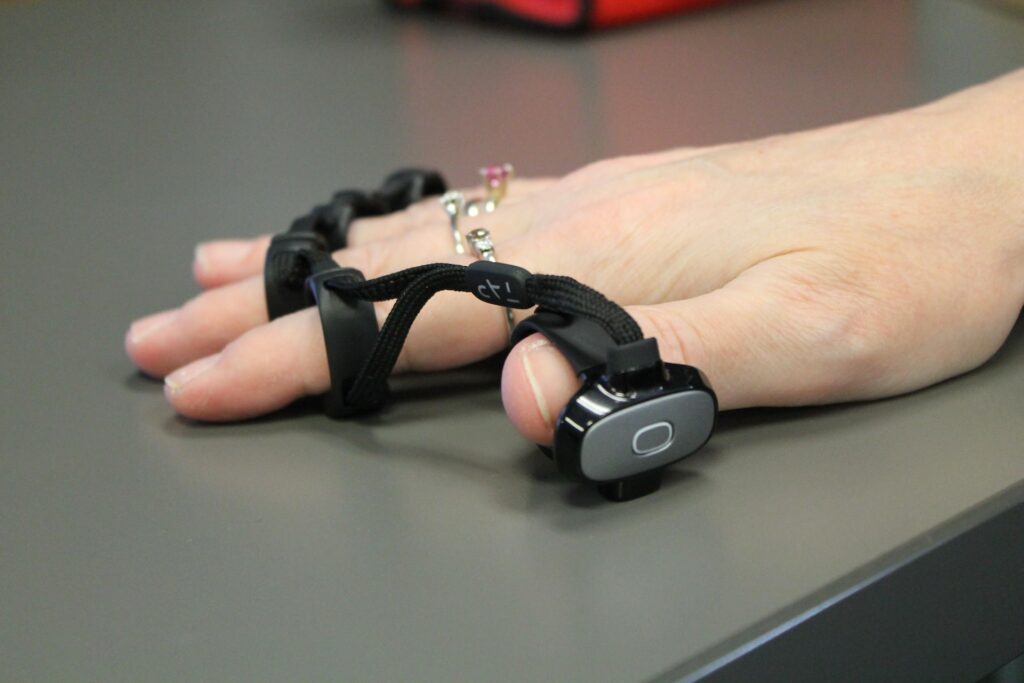Accessibility: Why It Should Be Your Top Priority
Let’s look at the basics of UX (user experience). Zero in on your users – discover what they need and value and their innate abilities and limitations. Analyzing them in depth considers their business objectives and company goals as you progress into the projects and solutions they require. The best experience for the user is entangled with improving their interaction with your product and their perception of who you are as a company and any services you offer.

According to Peter Morville (the creator of the User Experience Honeycomb), for the user experience to be meaningful, any information they interact with must be: useful, usable, desirable, findable, accessible, and credible.
Accessibility concentrates on how a disabled individual interacts with and derives benefits from a site, system or application. This is crucial to the development and creation of your site and should be considered within every step of the process.
Many organizations are aware of this concept, but few pursue the necessary steps to make websites more easily reachable for all users.
This may seem daunting at first, but the execution is very doable once you know the proper steps. Accessible sites allow information to be passed through multiple sensory channels beyond your classic interface (keyboard and voice-based navigation). By combining a multi-sensory approach with a multi-interactivity approach, disabled users can easily achieve the same information and experience as non-disabled users.

Here are three tips that can assist you with increasing the accessibility of your content (of course, there are many more):
- Do not rely on color as the sole differentiator between items or as a navigation tool
- Captioning that corresponds directly to any videos that may be on your site, providing that additional visual along with any audio information
- 508 testing, ensuring that you are incorporating these opportunities for any visitors to your site
Web accessibility overlaps with other UX best practices like mobile web design, usability and SEO, among others. Studies have shown that some benefits of properly accessible sites include better overall search results, reduced costs and increased audience reach.
By completing these best practices, you are paving the way for a positive experience for both your current and potential audiences and users. It is as critical as ensuring that a physical workplace can be accessed by any employees or visitors! All users, including those with and without disabilities, will have an excellent user experience and absorb your information with ease – ultimately, great accessibility will improve your website’s usability for all users!
Related Articles
Navigating Usability Testing for Effective UX Design
June 19, 2024
The Future of User Experience
March 18, 2023



